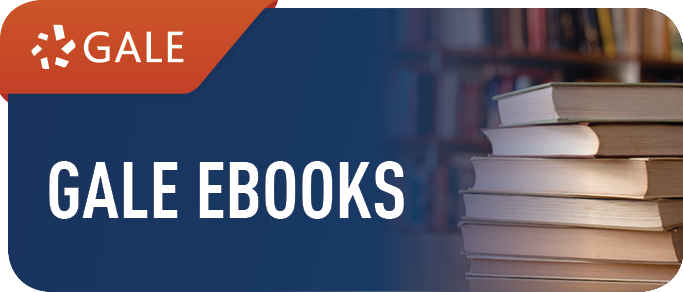If your class recently attended a Library session, please let us know how we did with this short survey.
Welcome to the DCTC Library's Anatomy & Physiology course guide. On this page you will find helpful information about the research and writing process, including links to help you evaluate and cite your sources.
The 2nd page has information about the resources in our library and how to find them using our catalog.
The 3rd page is a gateway to the Library's best online resources and web sites for this course, including some tutorials for these resources.
Let's get started!
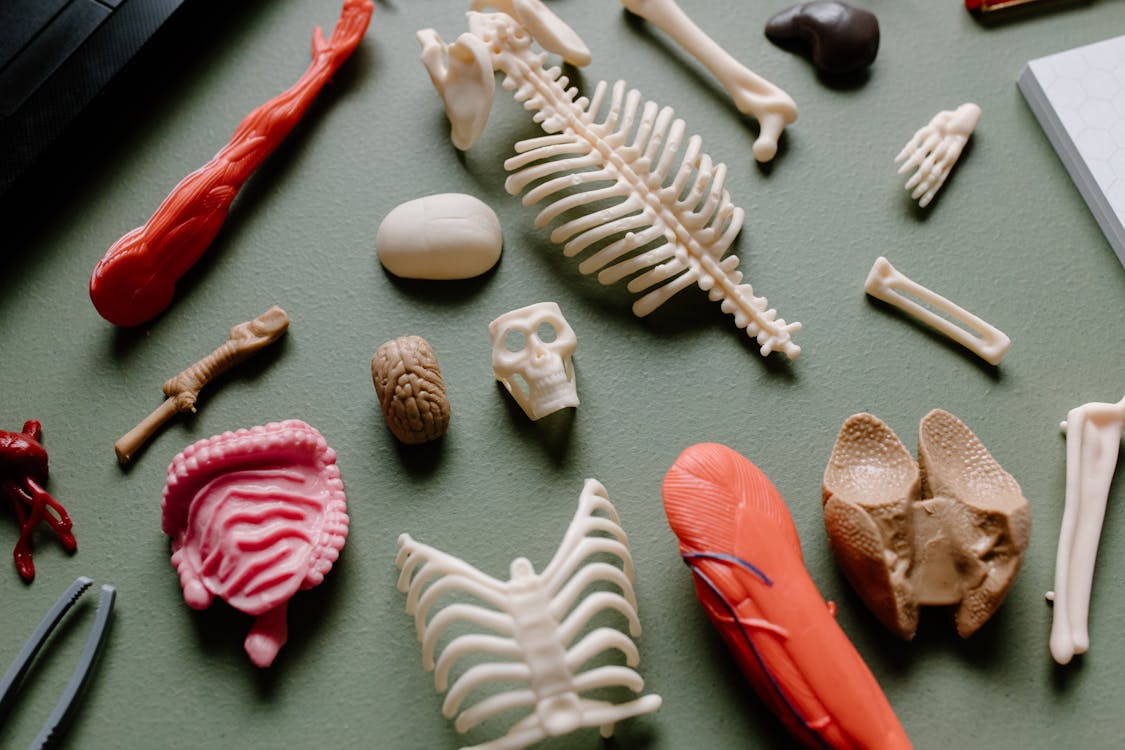
Abraham Lincoln famously said you shouldn't believe everything you read online. And 82% of all statistics are made up.
There's a lot of misinformation out there. Digital literacy expert Mike Caulfield developed the SIFT method to help students evaluate information and make better decisions about what sources to trust:
Stop
Investigate the source
Find better coverage
Trace claims, quotes, and media to the original context
Here are more guides to help you evaluate sources of information:
- Criteria for Evaluating Information (Otis College of Art and Design)
- Evaluating Information (Johns Hopkins University)
- Evaluating Resources (UC Berkeley)
- Evaluating Sources of Information (Purdue University)
- Online Verification Skills with Mike Caulfield (YouTube)
There are different styles for citing the sources you use in your assignments. Your instructor will let you know whether to use APA, MLA, or some other style. Here are some introductory guides to these styles from the Purdue and Excelsior Online Writing Labs:
- Purdue OWL: APA Formatting and Style Guide
- Excelsior OWL: APA Style
- Excelsior OWL: APA In-Text Citations
- Excelsior OWL: APA Side By Side
- Purdue OWL: MLA Formatting and Style Guide
- Excelsior OWL: MLA Style
- Excelsior OWL: MLA In-Text Citations
Our catalog and databases provide citations for the books, videos, and articles you find in them. Just look for a link that says Cite or Citation, then select the appropriate style. It's easy to copy and paste citations into your bibliography!
"Plagiarism includes, but is not limited to, the use, by paraphrase or direct quotation, of the published or unpublished work of another person without full and clear acknowledgment. It also includes the unacknowledged use of materials prepared by another person or agency engaged in the selling of term papers or other academic materials."
This definition of plagiarism comes from page 1 of DCTC's Student Code of Conduct.
Citing your sources like this or in a bibliography is an essential part of the research process. It allows others to verify your information and gives credit to previous researchers and writers for their work.
The Center for Student Success offers tutoring to all DCTC students, including help with writing your paper and citing your sources. You can schedule an appointment by calling 651-423-8420 or visiting room 2-101.
Use our catalog, OneSearch, to find the books and videos on our shelves, plus ebooks and streaming videos.
The best way to begin your search is to enter one or two keywords on your topic. To narrow your results, use the Modify My Results options on the left side of the screen. You can also click on a relevant title and click on one of its subject headings to focus your search on that particular topic.
Please ask a librarian if you need help locating anything you find in our catalog.
If we don't have the book, video, or article you're looking for, you can request it via interlibrary loan (ILL) and it will come to you. It's easy! E-mail library@dctc.edu to let us know what you're looking for and we'll do the rest.
We have lots of books and videos about anatomy and physiology in our collection. If you like to browse, most of these are shelved in the QM call number range for anatomy and the QP range for physiology. Ask a librarian if you need help finding anything.
Here are just a few of our books about anatomy and physiology:
Behind the circulation desk we have our Course Resources collection. These are books and videos that instructors have asked us to reserve for certain classes. Books for Anatomy & Physiology courses include Hole's Essentials of Human Anatomy & Physiology, Understanding Human Anatomy and Physiology, and Human Anatomy & Physiology. Books on reserve must be used in the Library, except with permission from your instructor to check them out overnight. Ask a librarian if you're looking for one of these.
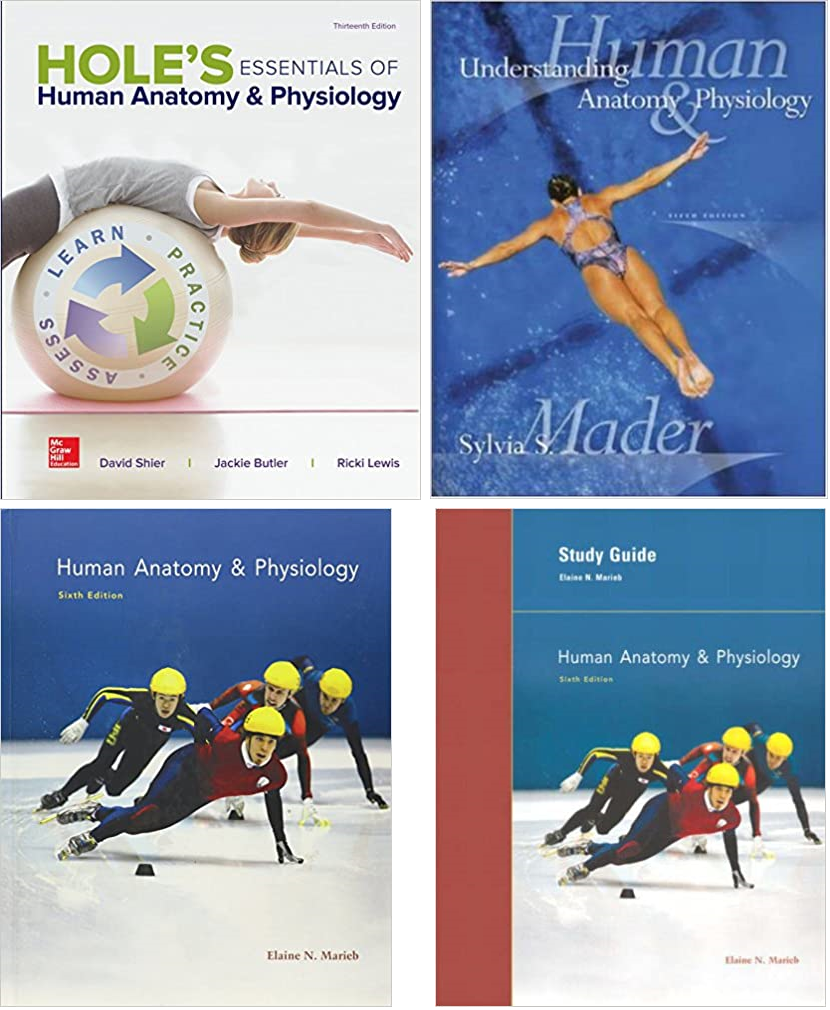
Reference books and online resources like Access Science, Britannica Academic, Gale eBooks, and Salem Online are great for improving your background knowledge on almost any topic. These resources also provide images and videos, which you can use to liven up your papers and presentations.
- Anatomy (MedlinePlus)
- Anatomy & Physiology (National Cancer Institute)
- GetBodySmart
- Gray’s Anatomy of the Human Body
- Human anatomy and physiology (Khan Academy)
There are millions of full-text articles in our EBSCO, Gale, and ProQuest databases. The best way to begin your search is to enter one or two keywords on your topic. Each database is different, but there will be ways to limit and focus your results so that you find the most relevant and useful articles available.
 Our EBSCO databases are an excellent place to start your search for magazine and journal articles.
Our EBSCO databases are an excellent place to start your search for magazine and journal articles.
 Our Gale databases are another great place to find magazine and journal articles.
Our Gale databases are another great place to find magazine and journal articles.
 Search more than 30 million citations from biomedical and life science sources with PubMed. Some citations include links to full-text content.
Search more than 30 million citations from biomedical and life science sources with PubMed. Some citations include links to full-text content.
 Search and explore scholarly literature with Google Scholar. Some citations include links to full-text content.
Search and explore scholarly literature with Google Scholar. Some citations include links to full-text content.
Please visit the Library or e-mail library@dctc.edu if you have any questions about our online resources or if you'd like help finding articles on your topic.
Here are just a few of the ebooks about anatomy and physiology you'll find in our EBSCO eBook Collection:
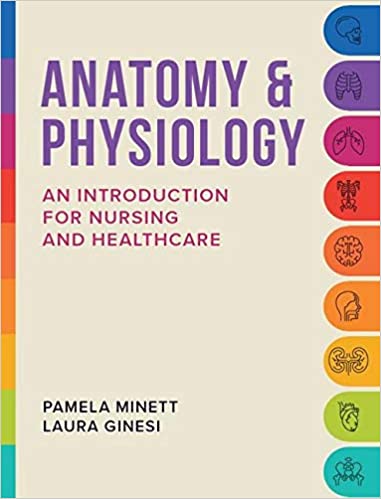 Anatomy & Physiology: An Introduction for Nursing and Healthcare
Anatomy & Physiology: An Introduction for Nursing and Healthcare
Pamela Minett, 2020
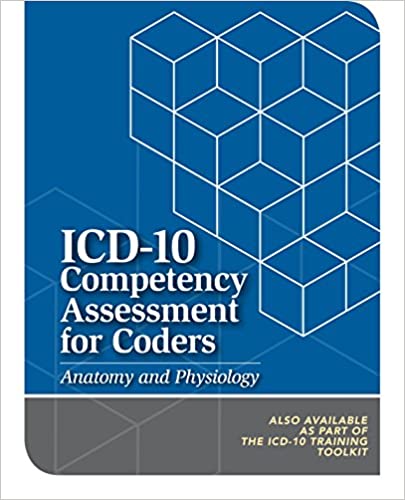 ICD-10 Competency Assessment for Coders : Anatomy and Physiology
ICD-10 Competency Assessment for Coders : Anatomy and Physiology
Adrianne E. Avillion, 2011
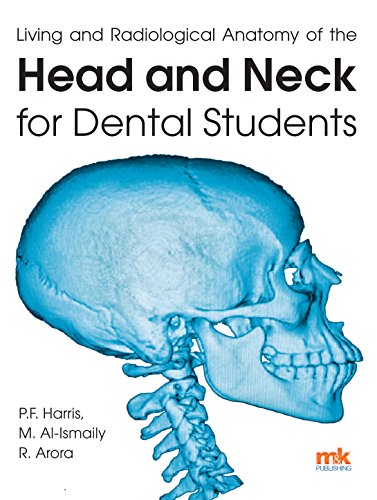 Living and Radiological Anatomy of the Head and Neck for Dental Students
Living and Radiological Anatomy of the Head and Neck for Dental Students
Philip F. Harris, 2017
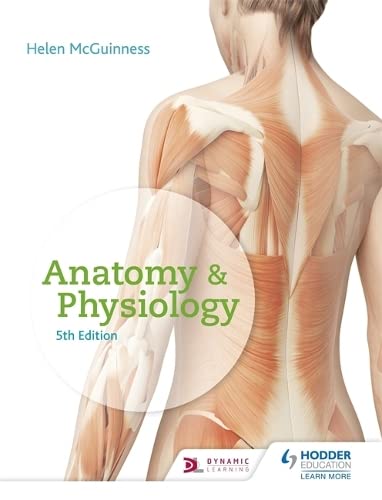 Anatomy & Physiology, 5th ed.
Anatomy & Physiology, 5th ed.
Helen McGuinness, 2018





